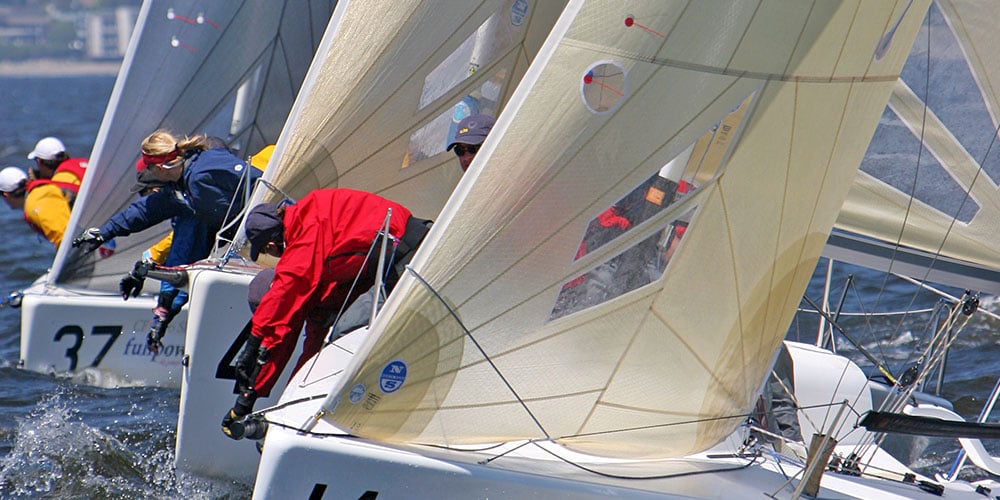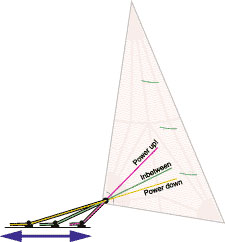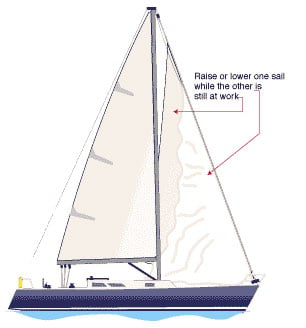
Adjustable Genoa Leads

Most production sailboats have aluminum T-tracks to allow genoa leads to be moved fore and aft, depending on the size of the sail and the wind velocity. A neat improvement is to have genoa leads that can be moved while sailing upwind so that you don't have to tack to benefit from your changes. There are three ways to do this: 1. Use a ball bearing lead block system (the best because it's easily adjustable under load), 2. Use other genoa lead blocks that have slippery plastic inserts (good, although more difficult to move under tension), or 3. Use two cars on the leeward side so you can reeve a "short sheet" in a new location (old fashioned). We like Option 1, but to complete the installation you'll need a small purchase system to pull the blocks into the new location. Cruisers with headsail furling systems are strong candidates for adjustable genoa leads because the leads should move every time the sail is rolled up.
If you think that adjustable genoa leads are a frill, remember that adjustments that are easy to make tend to get made, while inconvenient adjustments are frequently left alone. You'll find that your jib trimmer can really help the boat to accelerate after a tack if he/she moves the lead forward to increase the power of the sail. As the boat picks up speed, he/she can let the lead slide aft to reduce back–winding, and produce a nice, twisted shape.
Continuous Support Luffs

If you are still using a hanked–on jib, you probably wonder what it's like to use a smooth, hankless headstay system like those from Tuff Luff and Harken. For performance sailing, it's really nice to avoid the scallops and windage that plague hanked sails. You can change sails easily without going "bald–headed" by hoisting one sail in one groove and dropping the other sail down the other groove. About the only time headstay systems are a disadvantage is when sailing short–handed: hanks are nice when you want a sail to drop and stay put on the foredeck! Some cruisers also like to store their headsails conveniently hanked–on, using a headsail bag.